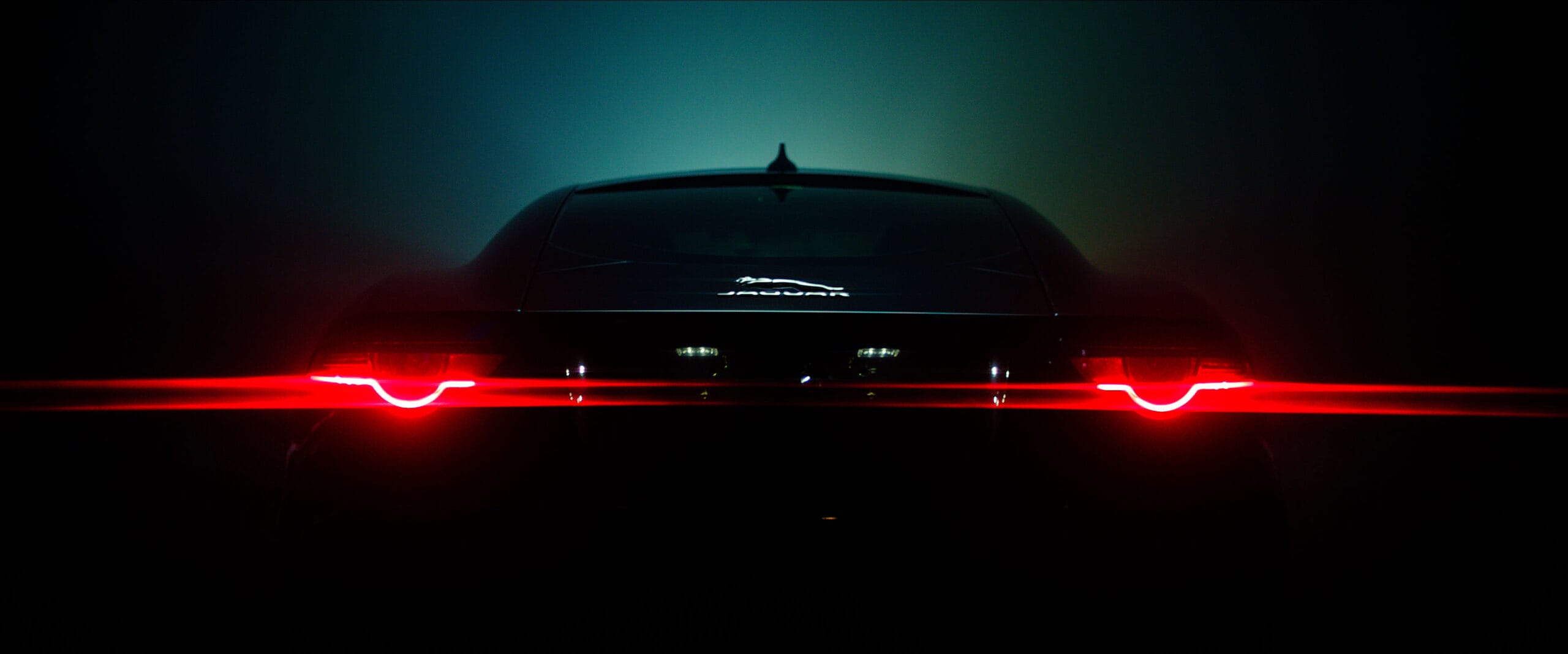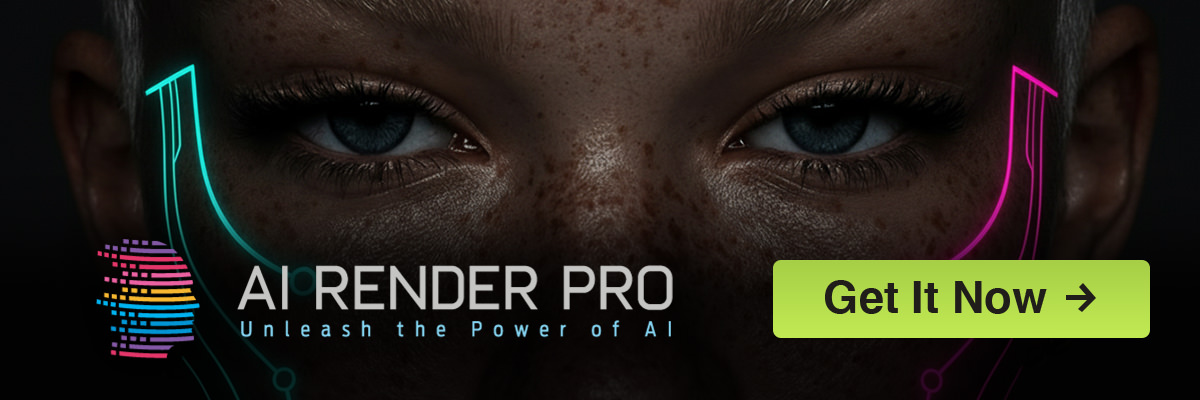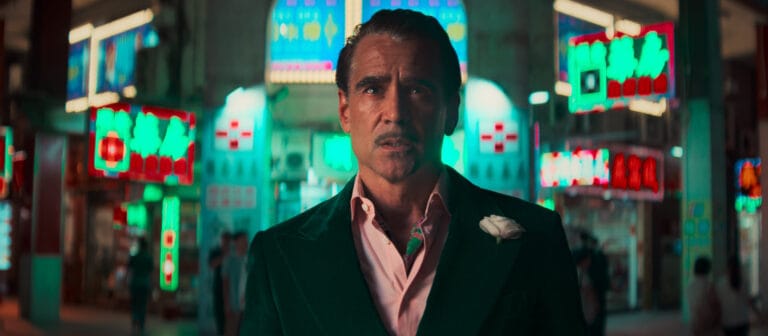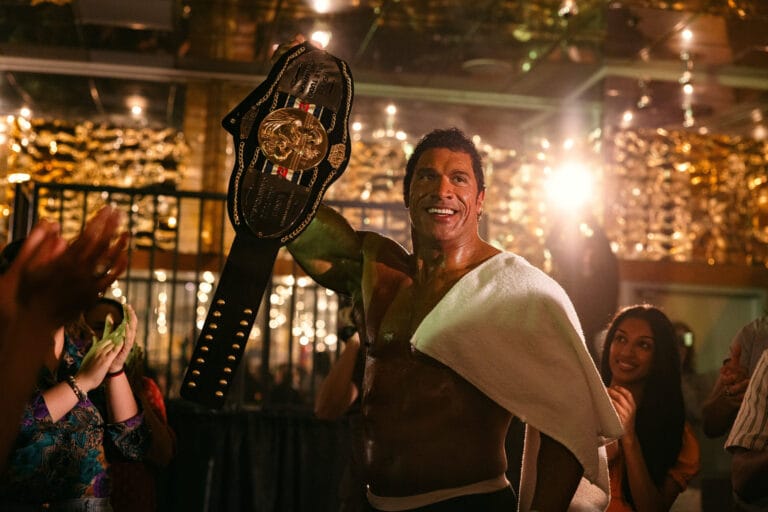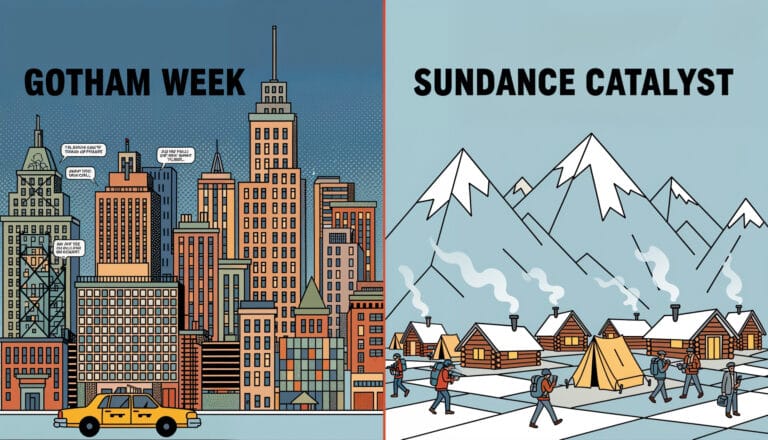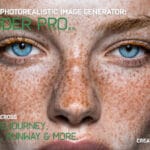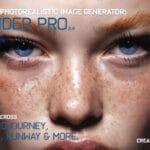The future of filmmaking is now. XR filmmaking, encompassing virtual reality (VR) and augmented reality (AR), is revolutionizing the way we experience and create stories. As these immersive tools gain traction, they’re reshaping narratives, deepening emotional engagement, and expanding the creative possibilities of visual storytelling.
In this article, you’ll discover how XR is transforming filmmaking—enhancing the creative process for directors, cinematographers, and storytellers, while redefining the relationship between audience and technology.
Key Takeaways:
- Bridging the Gap Between Real and Virtual: XR filmmaking seamlessly blends real-life shooting techniques with CGI environments, creating a hybrid approach to visual storytelling.
- New Creative Possibilities: XR technology allows filmmakers to design immersive sets and move more freely between physical and digital worlds.
- A Natural Fit for Cinematographers & CGI Artists: Combining practical cinematography and 3D environments provides a major creative advantage in XR production.
- Growing Industry Recognition: XR filmmaking is gaining momentum, with notable projects featured in major publications and platforms.
- Previsualization with AI: Tools like AI Render Pro help creators design and visualize XR environments before and during production.

Exploring My Journey in XR Filmmaking
Coming from an animation background and over 15 years working in 3D, XR technology naturally merges my experience as a cinematographer and CGI artist. XR filmmaking combines real-life production with virtual environments—blurring the line between physical and digital.
Think of it like this: XR sets are split in two—one part is physically built, and the other is digitally projected in real time. My understanding of practical lighting and CGI made this blend feel intuitive. As I adjusted physical lights on set, I simultaneously fine-tuned virtual ones—just as I would in a 3D environment.
What Is XR? Understanding the Tech
Virtual Reality (VR)
VR immerses the viewer entirely in a 3D digital world. You’re no longer watching the story—you’re inside it. This brings a deeper level of emotional connection, as viewers can experience the narrative from multiple perspectives.
Augmented Reality (AR)
AR overlays digital elements onto real environments—think characters appearing in your living room. It adds a playful and interactive layer to storytelling using mobile devices or AR glasses, creating a unique blend of reality and imagination.
Mixed Reality (MR)
MR goes further by integrating virtual and real-world objects, allowing both to interact in real-time. This creates incredibly dynamic narrative experiences, where characters and elements respond to the user and physical surroundings.
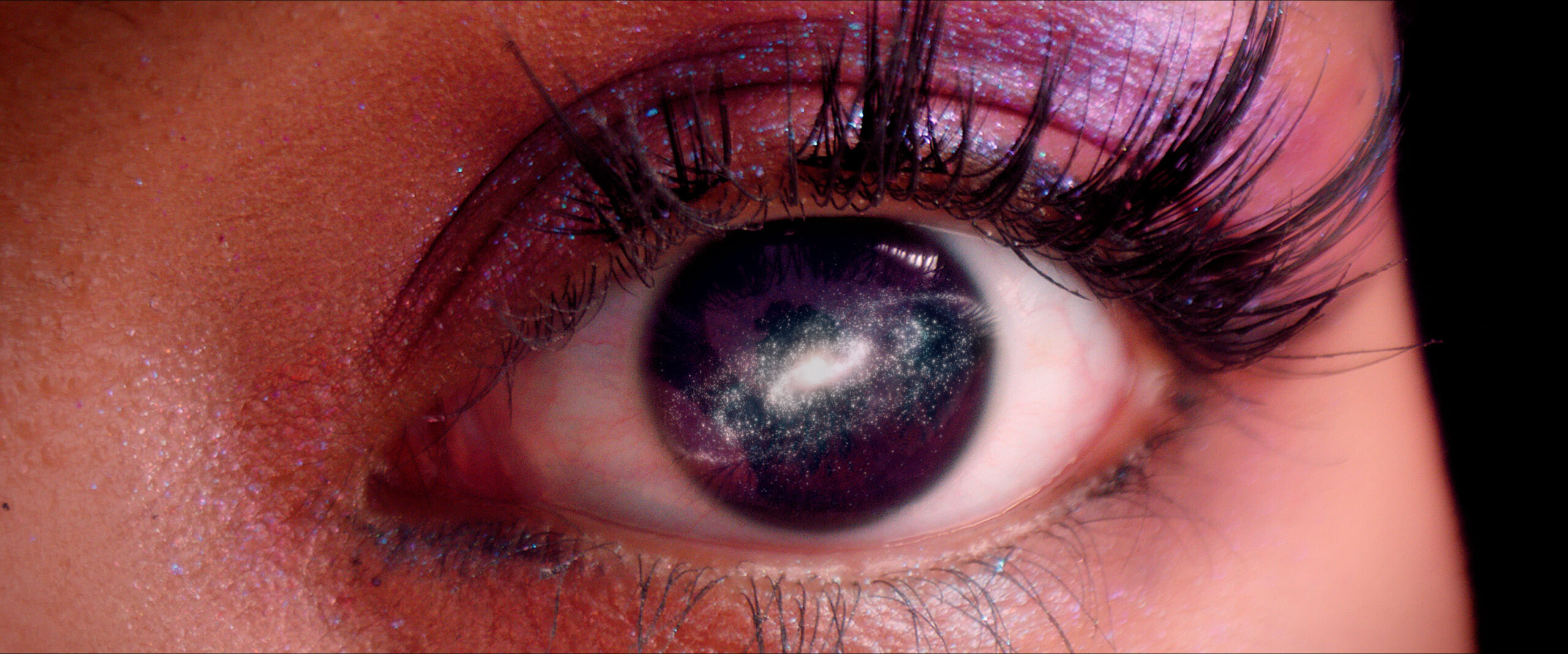
The Creative Power of XR in Storytelling
XR is more than a visual effect—it’s a narrative tool. It reshapes how we build and experience stories.
Maxvenn Music Videos (Director & Cinematographer)
For Thai band Maxvenn, I directed and shot two XR-based music videos. Working in a 3D immersive environment allowed us to create bold visuals without heavy post-production or costly locations.
Jaguar XR Project (Director)
A futuristic concept I had long envisioned came to life through XR. The Jaguar project let us design a high-tech world that wouldn’t have been feasible to shoot practically—and it earned industry recognition with articles from British Cinematographer, Disguise Software, and Brompton Technology.
How XR Is Reshaping Cinematography
A New Approach to Lighting and Framing
Unlike green screen shoots that require extensive post, XR lets you see the final composition live on set. As a cinematographer, that instant feedback is a game-changer. It feels like working inside a 3D program—but with real actors and cameras.
Benefits Over Traditional Methods
– Faster Production Cycles – No need to wait for VFX-heavy post-production.
– Real-time adjustments to lighting and set design – Directors and cinematographers can tweak lighting and set design live.
– Lower location costs – Eliminates the need for extensive location shoots.
– More immersive previsualization – Directors can test scenes in virtual environments before committing to a final shot.
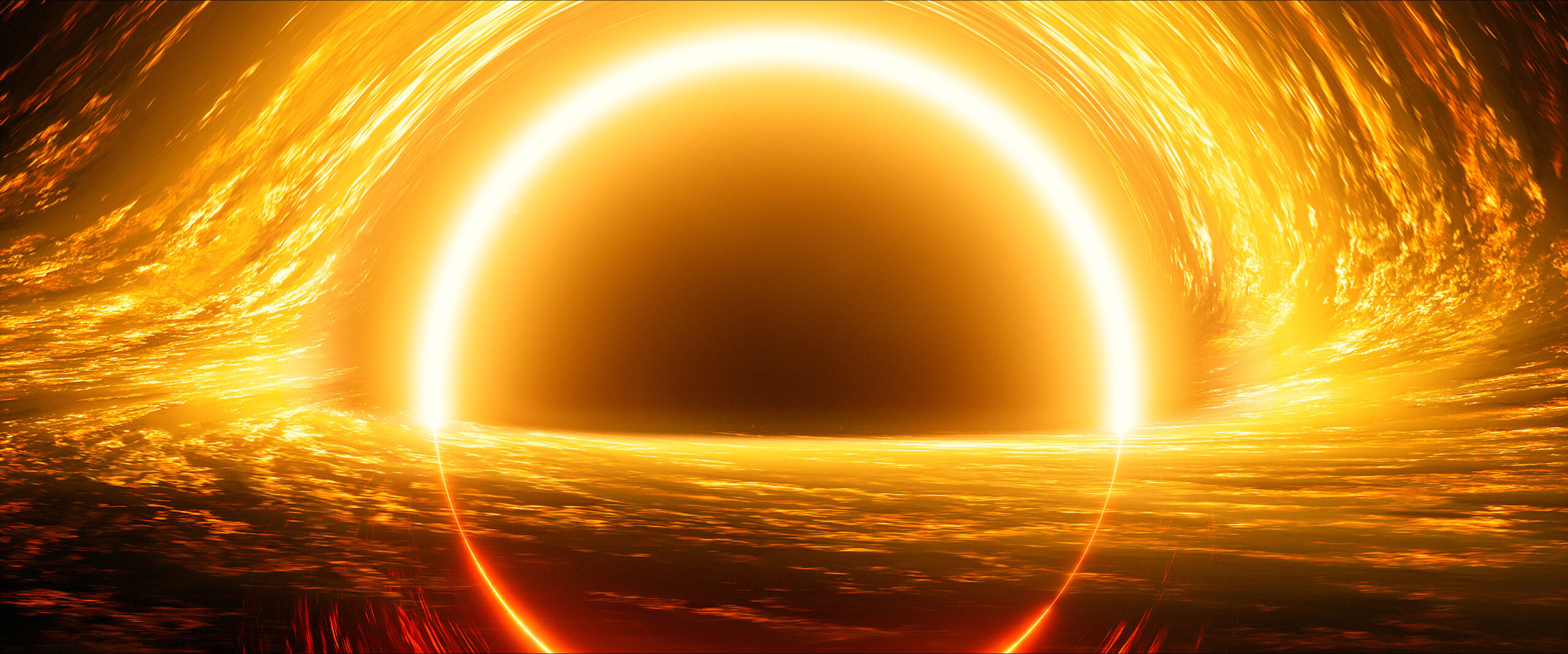
The Challenges Behind the Innovation
While XR is powerful, it comes with its own set of demands:
- A steep technical learning curve
- Dependence on up-to-date hardware and software
- Need for strong collaboration between departments
I’ve also found that success in XR hinges on working with talented Unreal artists and VFX supervisors who can build assets quickly. XR shoots require close alignment between virtual production and the art department for best results.
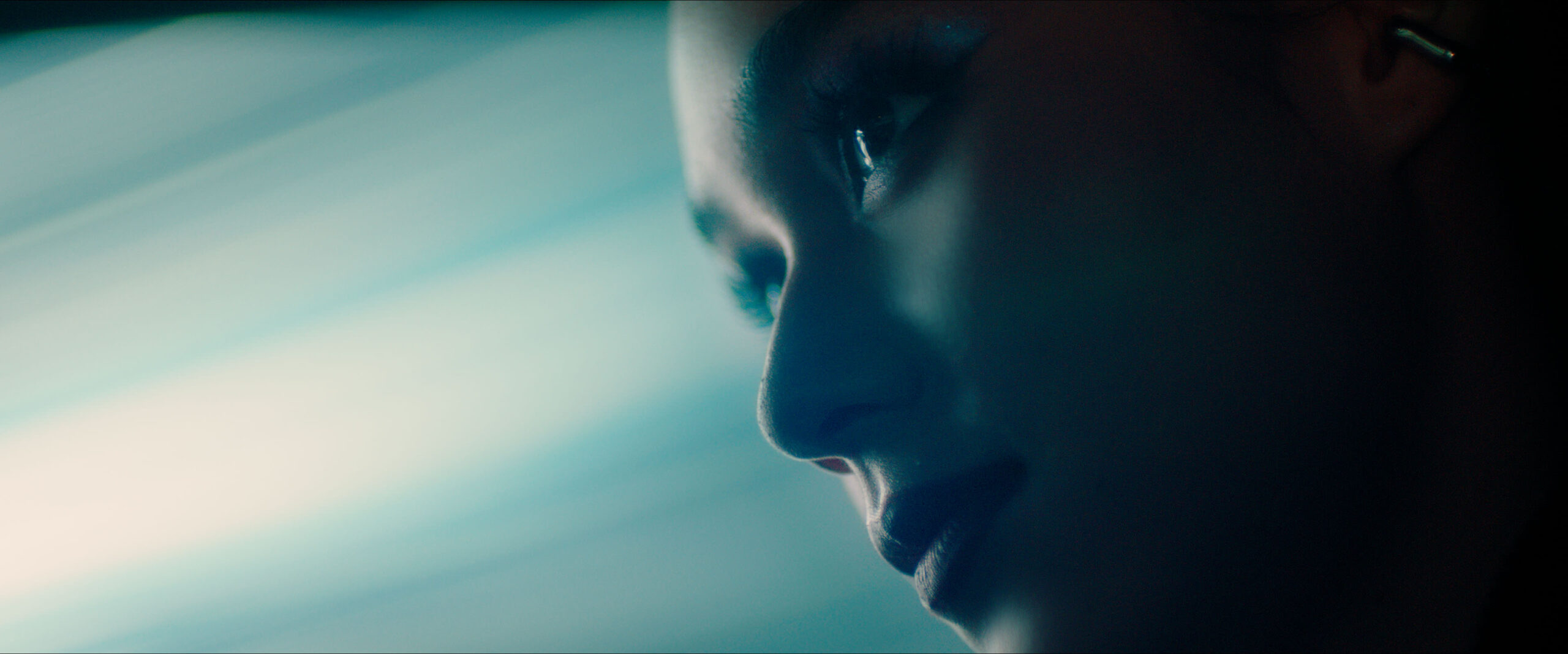
Looking Ahead: Trends & Evolving Standards
XR filmmaking is still evolving. We’re seeing:
- Growth in AI-assisted storytelling
- Faster, real-time rendering capabilities
- Improved accessibility for indie filmmakers
As audiences become more familiar with immersive media, filmmakers must develop new strategies that prioritize interactivity, clarity, and user experience.
AI Render Pro & XR Previsualization
One of the biggest advantages XR offers is previsualization. I developed AI Render Pro to help filmmakers and creatives design XR visuals before stepping on set.
I use it daily to create lookbooks, lighting setups, and visual references. Whether it’s for a commercial, music video, or XR narrative, it saves time and sharpens the creative direction.
Check it out here: AI Render Pro
Final Thoughts
From commercials and music videos to feature concepts and tools like AI Render Pro, XR filmmaking allows us to push storytelling into a new dimension.
XR technology is opening new doors for filmmakers. For me, it’s the perfect blend of cinematography and CGI artistry—a toolset that challenges traditional methods and invites us to build entirely new worlds.
Curious to see more? Explore my XR work at herodirector.tv
Frequently Asked Questions (FAQ)
Q: How does XR differ from traditional green screen technology?
A: Unlike green screens, where the background is added in post-production, XR allows real-time visualization of the digital environment, meaning actors and filmmakers can see the final scene live on set. This improves interaction and lighting accuracy, reducing post-production work.
Q: What are the benefits of using XR in film production?
A: Using XR in film production brings several advantages. Firstly, it provides filmmakers with enhanced creative tools, allowing them to visualize complex scenes and effects before shooting. Secondly, XR can help reduce costs associated with location shoots and set designs, as virtual environments can be created digitally. Additionally, XR can enhance team collaboration, as artists can work together in shared virtual spaces, regardless of physical location.
Q: What challenges does the XR technology present to traditional filmmakers?
A: While XR offers exciting possibilities, it also presents challenges for traditional filmmakers. The learning curve of new technologies can be steep, requiring filmmakers to acquire new skills and understand different production workflows. Moreover, there can be a risk of alienating audiences unfamiliar with interactive formats. Maintaining a balance between storytelling and technology is essential to preserve filmmaking’s essence while innovating.
Q: How important is cinematography in XR filmmaking?
A: Cinematography is crucial in XR filmmaking. Lighting, composition, and camera movement must be carefully coordinated to seamlessly blend the physical and digital elements. Understanding practical and virtual lighting techniques is essential for success in XR projects.
Q: What are the biggest challenges of directing in XR?
A: Directing in XR requires an adaptable mindset. Since part of the set is virtual, directors must visualize scenes in ways they might not be used to. Collaboration between technical teams, CGI artists, and cinematographers is key to achieving a cohesive vision.
Q: How can AI tools enhance XR filmmaking?
A: AI-powered tools like AI Render Pro allow filmmakers to previsualize environments, lighting setups, and camera angles before stepping onto an XR stage. This saves time, optimizes workflows, and enhances creative decision-making.
Q: Where can I see examples of XR projects you’ve worked on?
A: You can explore my XR filmmaking category on my website; I also share behind-the-scenes footage, making-of documentaries, and completed projects.
Check out Wikipedia for More informations about XR technology:
Discover more from Olivier Hero Dressen Blog: Filmmaking & Creative Tech
Subscribe to get the latest posts sent to your email.

